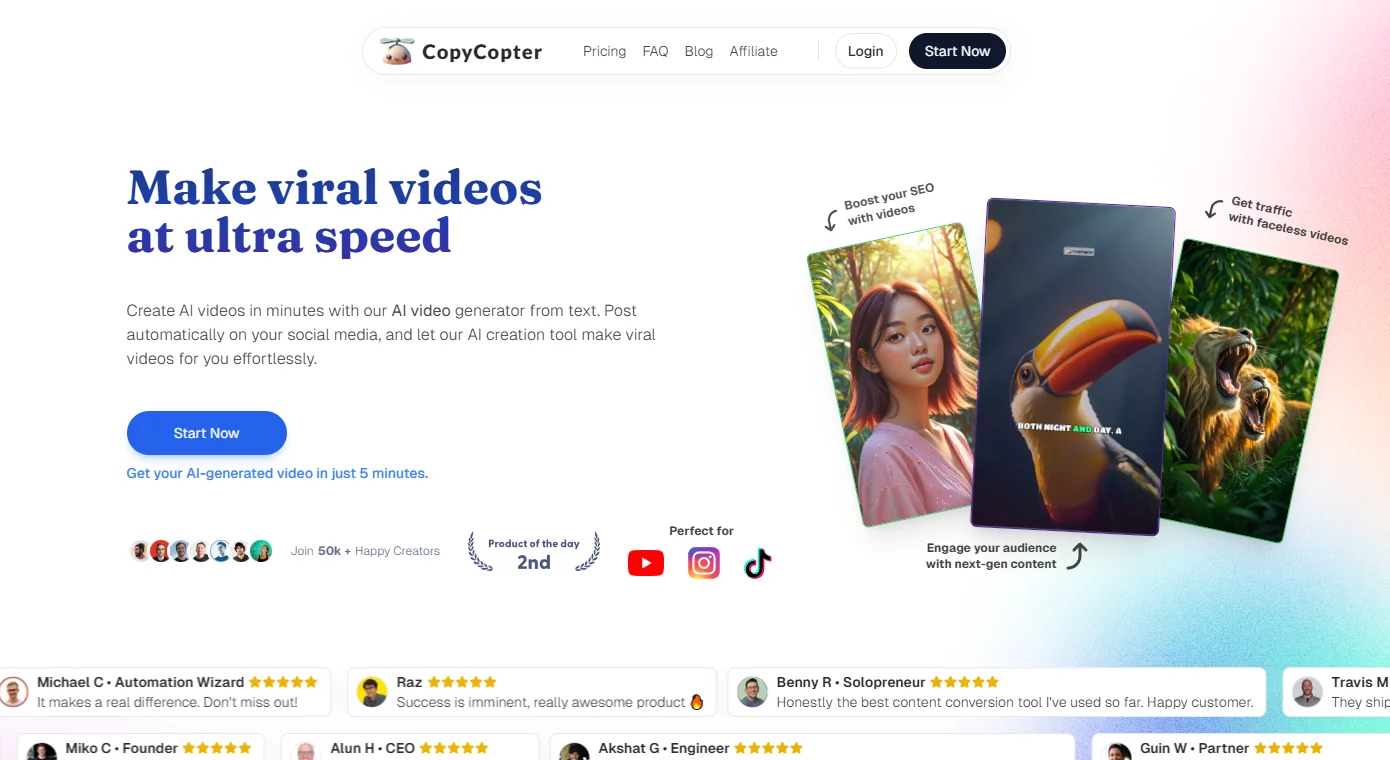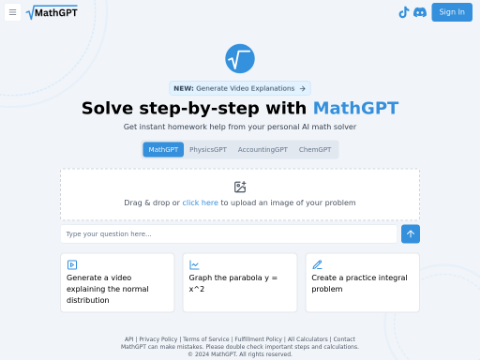` tags, they will be retained while removing the style and class attributes. If there are multiple empty `
` tags, they will be deleted, but the HTML tags themselves will not be modified. No extra content will be returned, and only the English content will be outputted without any quotation marks. Here is the optimized and translated content: "By 2024, OpenAI and Vertex AI undoubtedly stand as the two giants in the field of artificial intelligence. With the strong support of technology giants, they have demonstrated outstanding advantages and applications in the field of artificial intelligence, driving the progress of the entire industry and providing powerful tools for developers, researchers, and businesses. OpenAI is well-known for its revolutionary GPT artificial intelligence model, showcasing excellent performance in advanced natural language processing and generative AI tasks. Its product lineup includes versatile models such as GPT-4, DALL-E for image generation, and Whisper for speech-to-text conversion, which can be widely applied in creative writing, customer service automation, and various other fields. OpenAI's technology is particularly praised for its depth in understanding and generating human-like text, making it the preferred choice for industries relying on sophisticated language generation. The key features of OpenAI include: 1. GPT (Generative Pre-trained Transformer), its flagship AI model, renowned for its exceptional language understanding and generation capabilities. 2. ChatGPT, capable of engaging in detailed and coherent discussions on various topics, providing users with a new conversational experience. 3. DALL-E, an image generation model that can create high-quality original images based on textual descriptions, revolutionizing the creative industry. 4. Whisper, an advanced speech-to-text model that enables accurate transcription and language translation, enhancing global communication convenience. 5. Text-to-video functionality, where the Sora model can create realistic video scenes based on textual inputs, further pushing the boundaries of content creation. 6. The developer platform provides developers with abundant resources, tutorials, and API documentation, facilitating the integration of AI capabilities into applications. The advantages of OpenAI are: 1. Unparalleled natural language processing capabilities, demonstrating excellent performance in creative writing, customer service, and other fields. 2. Its models have broad applicability, enhancing a range of creative and technical endeavors. 3. Regular updates and improvements to its AI models, ensuring they remain at the forefront of the industry. However, OpenAI also has some limitations: 1. Intensive use of API calls may result in higher costs, which may not be suitable for all users. 2. Sometimes, models like DALL-E and ChatGPT may deviate from user prompts, leading to unexpected results. 3. Advanced features may require a certain learning curve, requiring users to invest more time and effort. On the other hand, Google's Vertex AI, as a powerful platform, aims to develop, deploy, and manage AI and machine learning models on a large scale. With features such as AutoML and integrated ML workflows, it strives to democratize AI development. Its products, such as the Gemini multimodal model and over 130 generative AI models, provide powerful content creation and customer engagement tools for businesses across various industries. The key features of Vertex AI include: 1. The Gemini multimodal model, capable of processing and generating outputs from various inputs such as text, images, videos, or code, making it highly suitable for media and e-commerce domains. 2. It offers over 130 generative AI models and tools, including first-party and third-party models, allowing for extensive customization. 3. AutoML functionality enables users with limited machine learning expertise to effectively utilize Google's AI technology. 4. Equipped with MLOps tools designed for automating, standardizing, and managing the entire lifecycle of ML projects. 5. Search and dialogue capabilities make it possible to develop and deploy AI-driven search and chatbot applications with enterprise-level data privacy. 6. Seamless integration with Google Cloud services enhances operational efficiency and collaboration within the Google ecosystem. The advantages of Vertex AI are: 1. It provides unparalleled model diversity, with over 130 models to choose from, enabling extensive customization and specific adjustments. 2. It performs exceptionally well in tasks involving diverse inputs such as text, images, and videos. 3. It enhances operational efficiency and collaboration, particularly suitable for enterprises already using the Google ecosystem. However, Vertex AI also faces some challenges: 1. The platform's extensive functionality may be overwhelming for beginners. 2. Deep integration with Google Cloud may limit flexibility for users already using other cloud services. 3. Some models, such as Gemini, have been reported to produce biased outputs, raising concerns about their training and validation processes. When comparing these two platforms, several key differences stand out. OpenAI's GPT-4 excels in natural language processing, making it the preferred choice for tasks requiring advanced language understanding and generation. On the other hand, Vertex AI, with its wide range of tools and model suite, especially AutoML functionality and MLOps support, provides more diverse solutions for complex AI projects. However, Vertex AI may have a steeper learning curve for certain users. In choosing between OpenAI and Vertex AI, users should consider their specific needs and goals. For those prioritizing advanced language capabilities and implementation convenience, OpenAI may be more appealing. For users seeking a comprehensive set of machine learning and AI model management tools, Vertex AI may have the advantage. In conclusion, both platforms have their own unique features, and users can choose the most suitable solution based on their needs."








